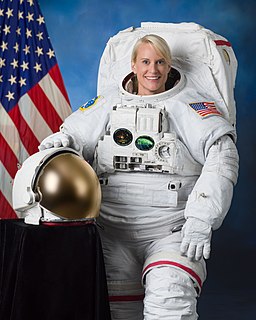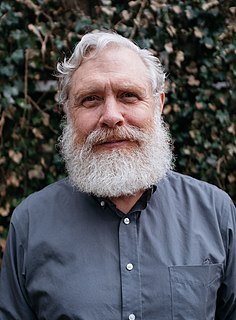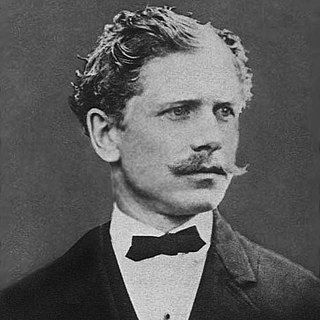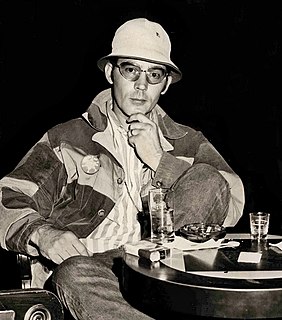A Quote by Elizabeth Kolbert
Mitochondrial DNA, which is a sort of abridged version of DNA, is passed directly from mother to child, so it's something that can be looked at to trace matrilineal descent.
Related Quotes
Textbooks describe DNA as a blueprint for a body. It's better seen as a recipe for making a body, because it is irreversible. But today I want to present it as something different again, and even more intriguing. The DNA in you is a coded description of ancient worlds in which your ancestors lived. DNA is the wisdom out of the old days, and I mean very old days indeed.
Parasites are not only incredibly diverse; they are also incredibly successful. There are parasitic stretches of DNA in your own genes, some of which are called retrotransposons. Many of the parasitic stretches were originally viruses that entered our DNA. Most of them don't do us any harm. They just copy and insert themselves in other parts of our DNA, basically replicating themselves. Sometimes they hop into other species and replicate themselves in a new host. According to one estimate, roughly one-third to one-half of all human DNA is basically parasitic.




























